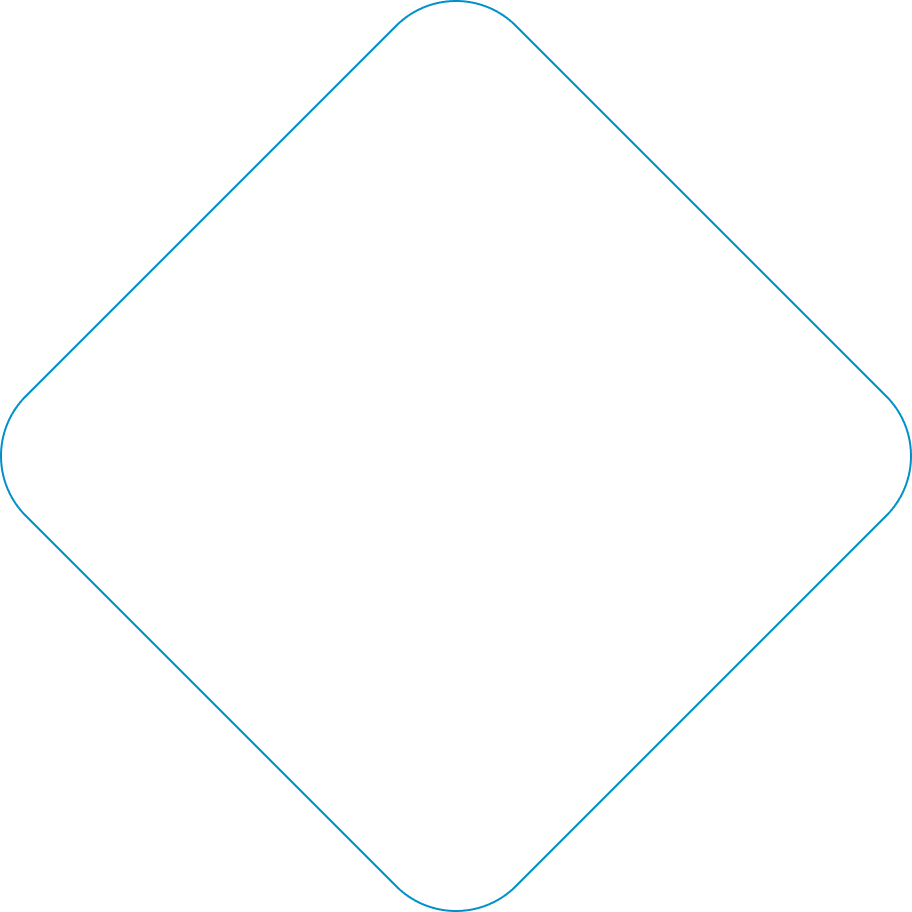UVA and UVB protection
UV light is made up of a wide spectrum of wavelengths - UVA, UVB and UVC rays. UVC rays are the strongest and most dangerous ones, but fortunately, they are absorbed by the ozone layer and Earth's atmosphere. However, we are exposed to the other two wavelengths, UVA light (320-400nm) and UVB light (280-320 nm).
UVB has a shorter wavelength and triggers the synthesis of vitamin D, which occurs in the skin. However, it also causes short term damage (e.g. sunburn) as well as DNA damage. UVA has a longer wavelength and therefore reaches deeper layers of the skin. It causes long-term damage (such as skin cancer) and photoaging.
Sunscreen products must protect against UVA and UVB radiation. They need to comply with the requirements of the minimum efficacy, which includes a minimum UVB protection of sunscreen factor 6, a minimal UVA protection factor of 1/3 of the sun protection factor and a critical wavelength of 370 nm.
All products, which claim to offer sun protection, have to be adequately supported by standardized and reproducible testing methods.
Water resistant
Many newer sunscreens have additional claims such as: "water resistant", "very water resistant". Water resistance is measured with rating of 40 or 80. The rating indicates how long the sunscreen remains effective while swimming or sweating. If the sunscreen is water resistant, it must be marked with rating of 40, which means that after 40 minutes the sunscreen remains effective. If it is very water resistant than it must be marked with 80, which means that sunscreen is effective 80 minutes.

